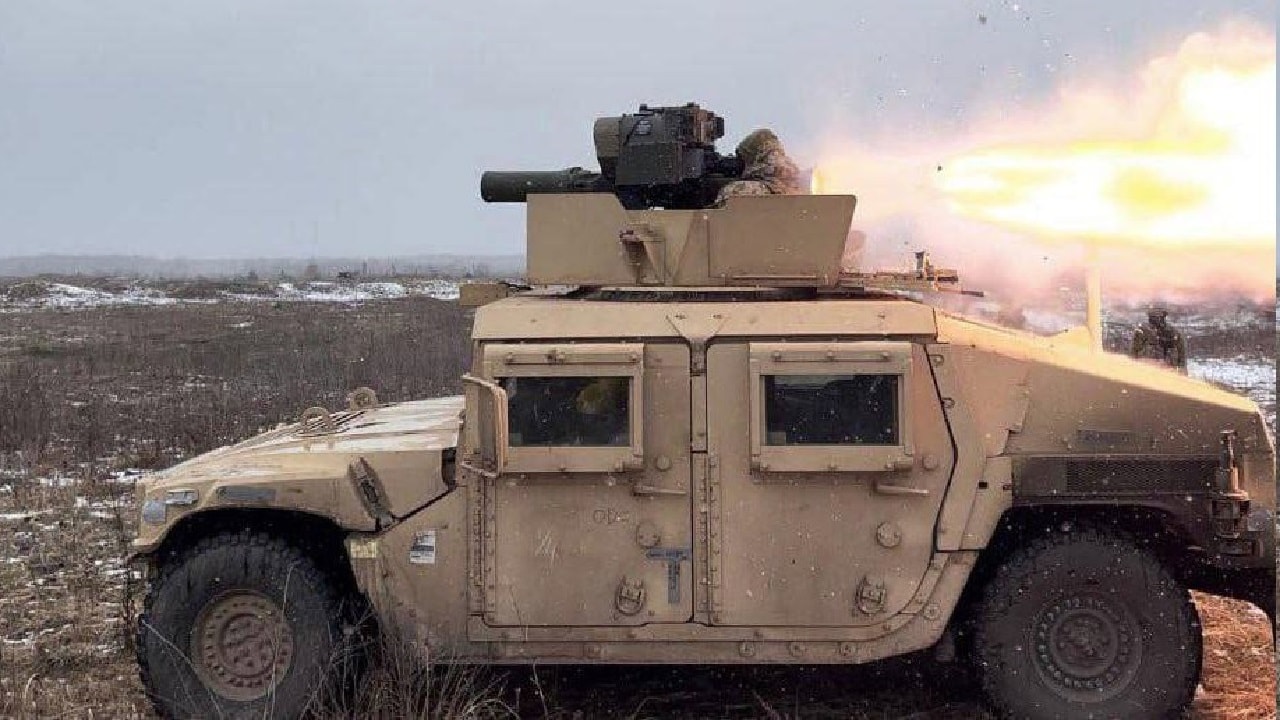Ukrainian forces are reportedly making some gains amidst its ongoing counter-offensive.
In a video recently released by Ukrainian president Volodymr Zelensky, Kyiv has taken the village of Staromaiorske in its push along the front lines in southeast Ukraine. Since early last month, frequent battles have erupted along the roughly 600-mile long front line as Kyiv wages its counter-offensive to recapture territories.
Supplied with various weapons provided by the U.S. and other North Atlantic Treaty Organization (NATO) allies, Ukraine is hoping this wave of war will result in major successes against Russian forces.
Independent think tank The Institute for the Study of War reports that the counter-offensive formally began on June 4, while other analysts believe the start was a few days later. At the end of May, Russian state-media outlets claimed that its forces had finally captured the besieged city of Bakhmut.
For months, this eastern city of Ukraine represented the hot spot of the ongoing war. Although Bakhmut is essentially insignificant for Kyiv, Ukrainian forces fought tooth and nail in the months-long battle, making it extremely difficult for Moscow to gain more than an inch of territory at a time.
Both sides suffered great losses in Bakhmut, however, Moscow particularly was struck hard. The head of private mercenary army Wagner said that more than 20,000 of his troops were killed in the eastern Ukrainian city. Comparably, the former Soviet Union lost roughly 15,000 soldiers during the 1979-1980 Afghanistan war. Western officials believe the total count of Russian losses in the battle for Bakhmut alone exceeds 100,000.
In the weeks leading up to the counter-offensive, Ukrainian forces and Western officials hoped that Kyiv’s front line push would be speedy. However, this has not been the case. According to ISW, “some of the most strategic sections of the front line are guarded by multiple lines of defense, making it very difficult for the Ukrainians to break through.” Since the front lines along the southern and eastern borders of Ukraine have not really moved in recent months, Russian forces have had plenty of time to prepare for the highly anticipated counter-offensive.
General of the U.S. Joint Chiefs of Staff Gen. Mark Milley has also commented on Kyiv’s slow progress, noting that Ukrainian forces are facing minefields and trenches, which obviously is impacting their progress. “(The offensive) is advancing steadily, deliberately, working its way through very difficult minefields … you know, 500 meters a day, 1,000 meters a day, 2,000 meters a day, that kind of thing,” Milley said.
Since the onset of Russia’s invasion, Moscow has essentially turned Ukraine into a massive minefield. In fact, some analysts believe more than 30% of the country is covered in unexploded ordnance.
In order to evade potential mass incidents surrounding these landmines, Kyiv has had to proceed with caution.
In order to aid Kyiv’s advance in its counter-offensive, the U.S. and other NATO members have provided scores of more advanced and lethal weapons to Ukraine.
The White House even permitted the transfer of highly controversial cluster munitions. As these aid packages steadily make their way to the front lines, Kyiv may be better equipped to make additional advances in its war efforts.
Maya Carlin, a Senior Editor for 19FortyFive, is an analyst with the Center for Security Policy and a former Anna Sobol Levy Fellow at IDC Herzliya in Israel. She has by-lines in many publications, including The National Interest, Jerusalem Post, and Times of Israel. You can follow her on Twitter: @MayaCarlin.
From 19FortyFive

